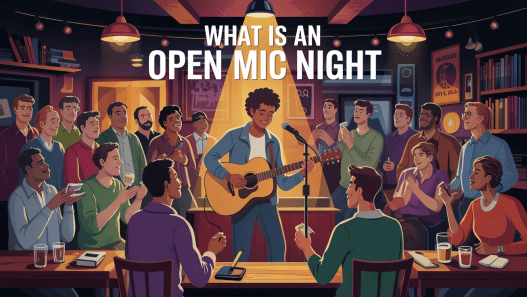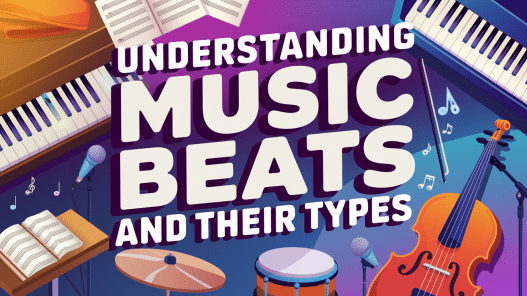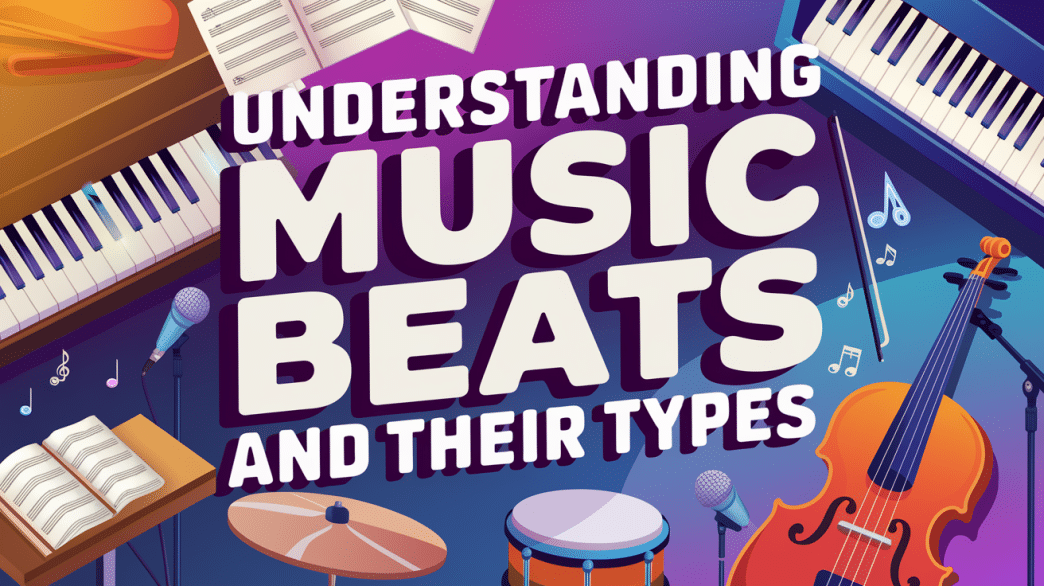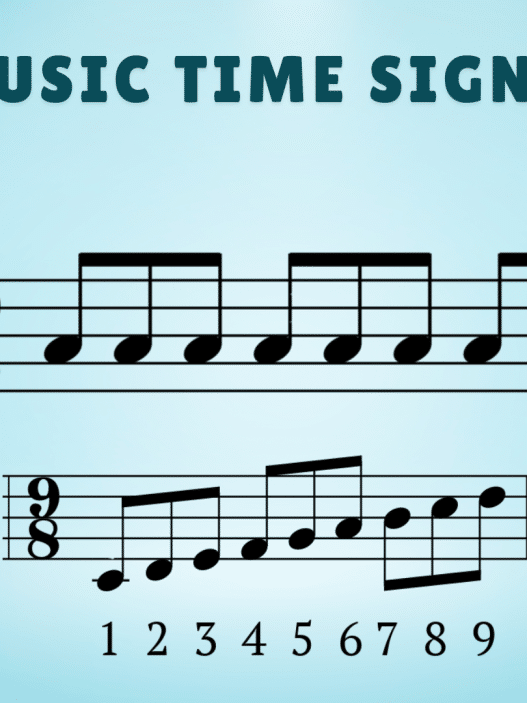Ever tapped your foot to a song without thinking about it? That’s the power of a beat—the heartbeat of music that makes us want to move.
Beats are the building blocks that give songs their groove and personality. From the steady thump of rock to the complex patterns of jazz, each beat creates a different feeling.
But what makes a house beat different from hip-hop? Why does reggae make you sway while techno makes you jump?
This guide explains music beats in plain language. Once you understand the rhythm behind your favorite songs, you’ll hear them in a new light.
Ready to feel the beat in a whole new way?
What is a Beat in Music?
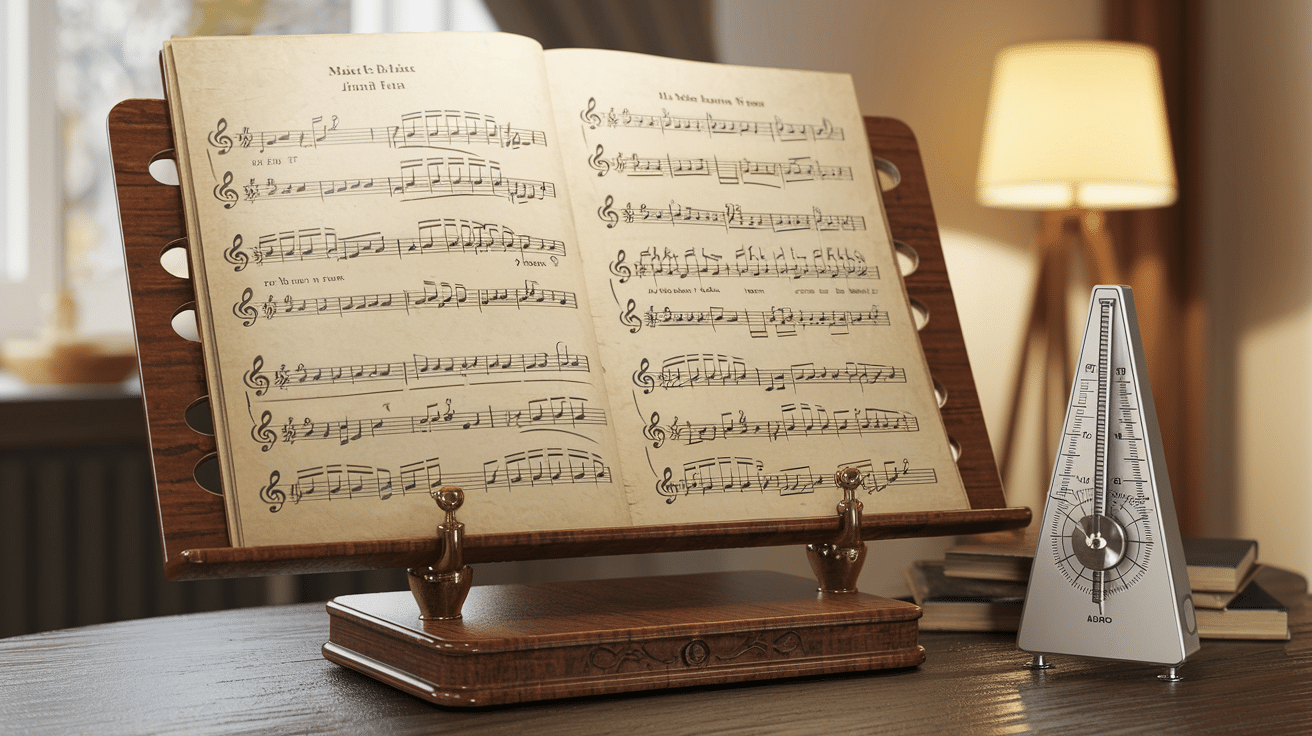
A beat is the basic unit of time in music. Think of it like the steady pulse you tap your foot to when a song plays. Beats help keep the rhythm and make it easier to follow along. They are like the heartbeat of a song—steady, predictable, and always in the background.
Most songs have a regular, repeating beat pattern. These patterns help musicians stay in sync and provide listeners with a satisfying groove that they can feel and move to.
Why Beats Matter in Music
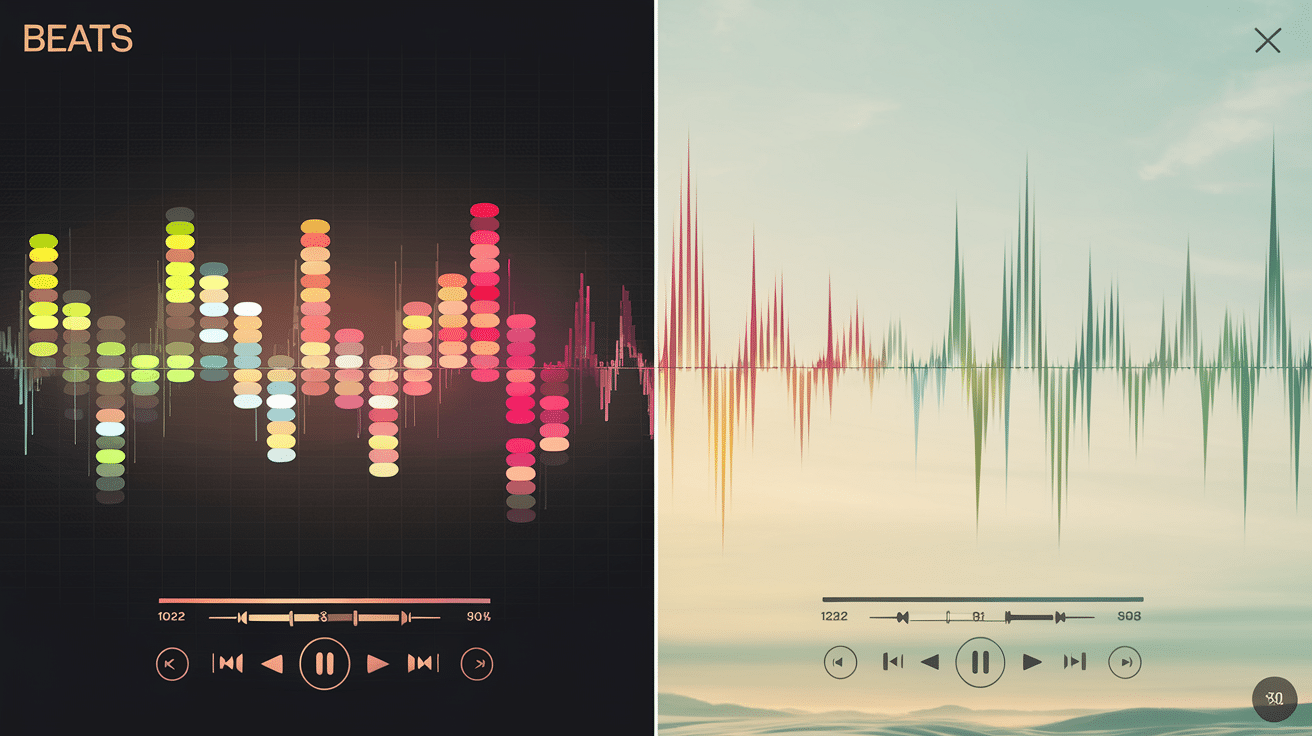
Beats are what keep music organized and flowing. Without a beat, a song would feel messy and hard to follow. Beats give rhythm its shape and help musicians stay in time with each other.
Beats also guide how a song feels—fast beats bring energy and excitement, while slow beats create a calm or emotional mood. For dancers, beats are crucial for maintaining precise timing. For listeners, beats make music feel natural, fun, and easy to connect with.
Types of Beats in Music
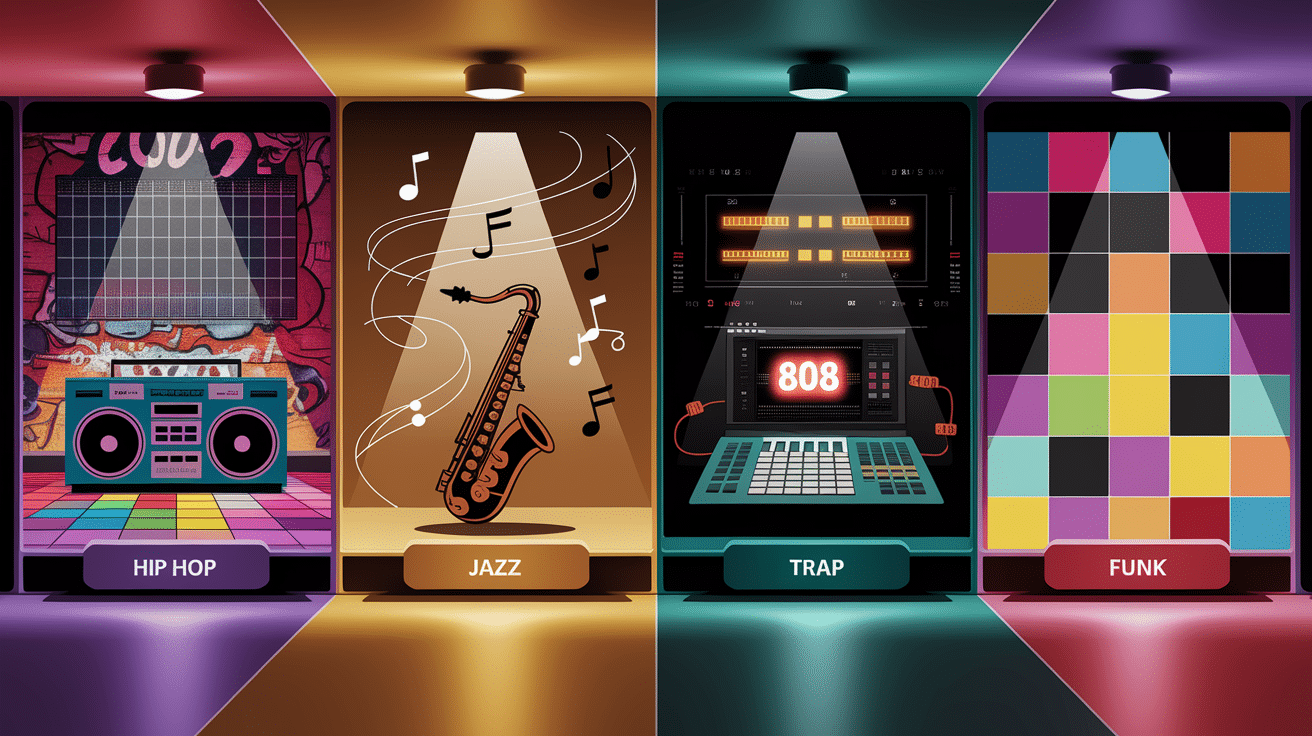
Beats can be steady, surprising, soft, or strong, and each type adds something special to the rhythm. From simple claps to offbeat grooves, learning the different types of beats helps explain how music moves and feels.
1. Hip Hop
Hip-hop beats are built around strong, rhythmic drum patterns, typically emphasizing the backbeat on the second and fourth counts.
The foundation often includes looped samples, kick drums, and hi-hats, creating a groove that supports rap vocals. The tempo is usually moderate, allowing space for lyrical flow and rhythm.
2. Jazz
Jazz employs syncopation and swing rhythms for a fluid, expressive feel. Drummers typically improvise around a steady beat, using accents and offbeats for dynamic movement. The jazz beat feels loose or behind the beat, enhancing its laid-back, complex vibe.
3. Trap Music
Trap beats are known for their fast hi-hats, deep 808 bass, and sharp snares. The tempo typically ranges from 130 to 170 BPM, featuring triplet-based hi-hat patterns and a minimal melodic backdrop.
The result is a beat that feels dark, aggressive, and hypnotic, perfect for modern rap and electronic crossover styles.
4. Funk
Funk places heavy emphasis on the downbeat and groove, with syncopated rhythms and tight basslines driving the beat.
Drummers often use ghost notes and snappy snares to keep the rhythm energetic. The beat in funk is designed to be danceable, with every instrument contributing to the rhythmic feel.
Strong vs. Weak Beats
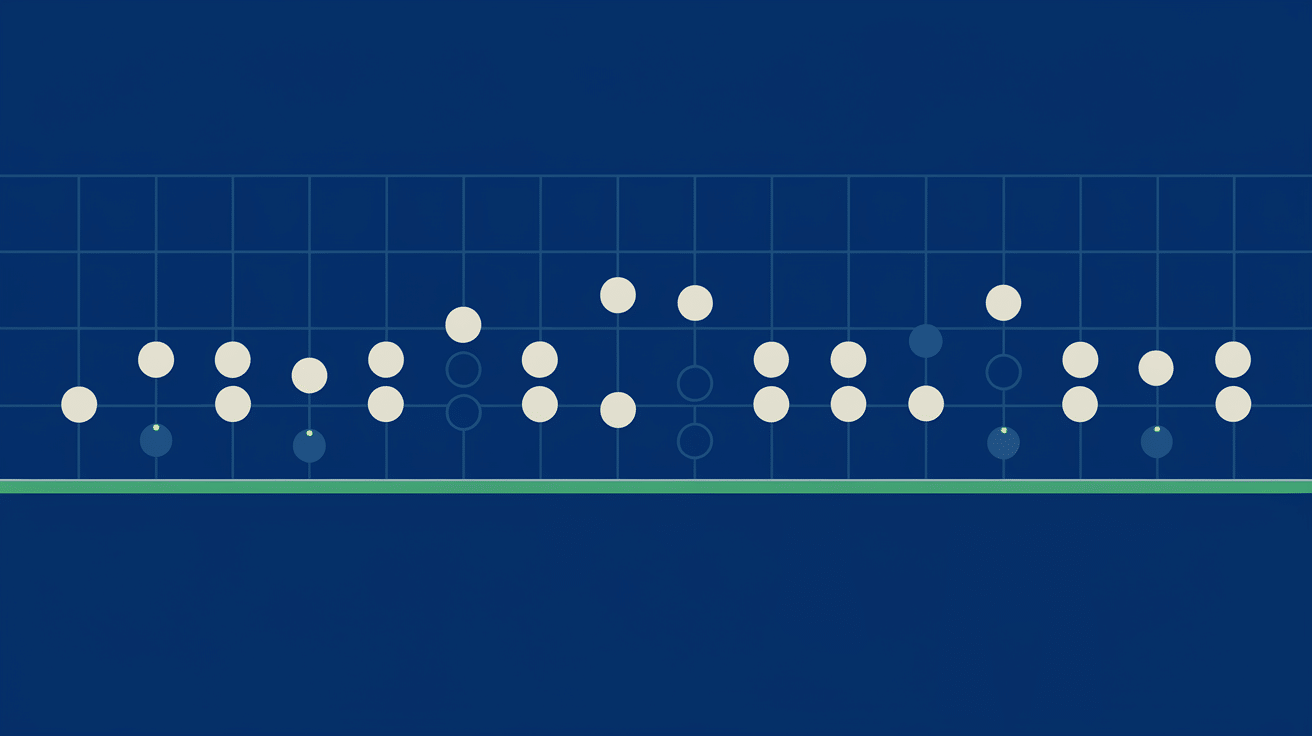
Every piece of music has a rhythm made up of strong and weak beats. Think of them like footsteps: the strong beats are the bold steps, and the weak beats are the lighter ones in between.
Strong Beats
Strong beats are the ones that stand out the most. They usually land on the first beat of each measure and help maintain the rhythm. You naturally clap or nod along with them. They give the music power, structure, and a sense of direction.
Weak Beats
Weak beats come between the strong ones. They’re softer and less emphasized. But they’re still important—they keep the music flowing and help make rhythms feel smooth and natural. Without them, the music would sound stiff and choppy.
Classifications of Beats
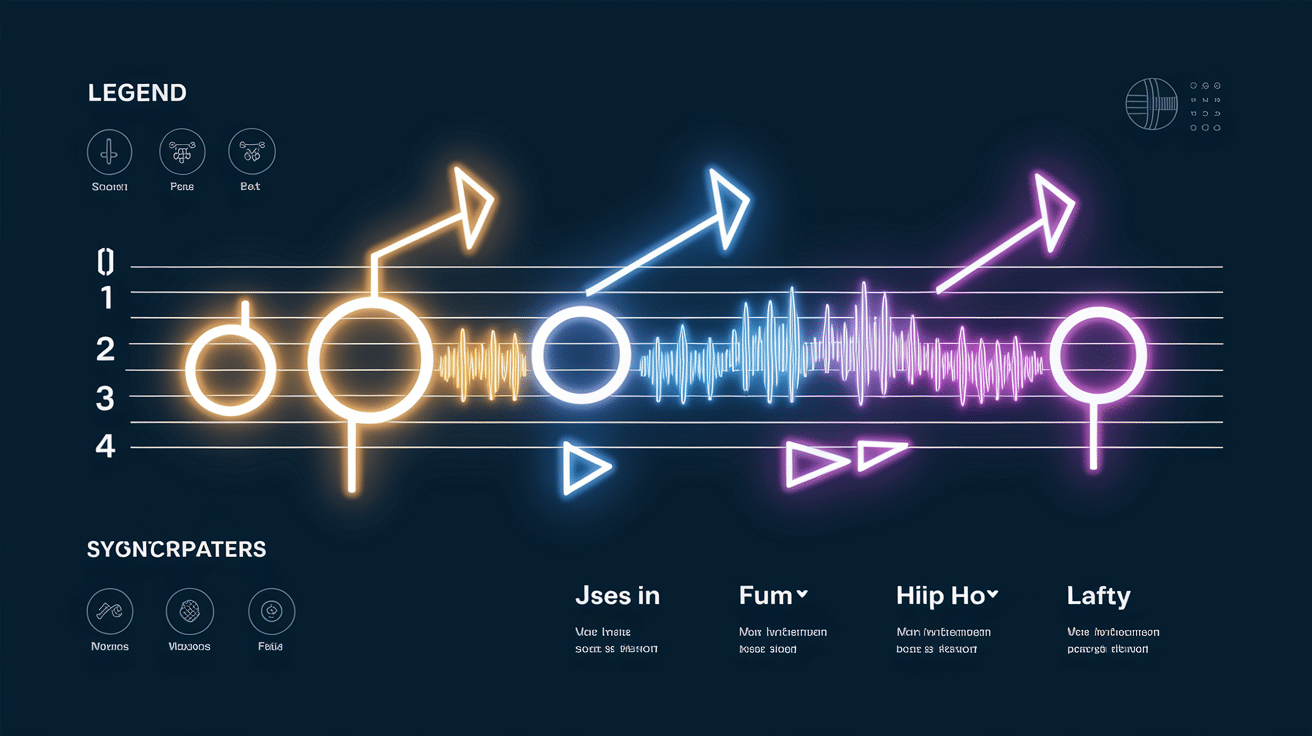
Beats can be easy to follow—or packed with twists! The difference between simple and complex beats comes down to how they’re counted and felt.
Simple Beats
Simple beats are steady, clear, and easy to clap along with. They typically follow a regular rhythm, such as 2/4, 3/4, or 4/4 time. You’ll hear them in pop, rock, country, and many children’s songs.
Simple beats make music feel natural and enjoyable, perfect for beginners or those looking to dance.
Complex Beats
Complex beats don’t follow a straightforward pattern. They might switch rhythms, skip counts, or add extra accents. These beats are found in jazz, progressive rock, and world music.
They make the song feel unique or unpredictable. It can take some time to follow them, but they add a lot of flavor and creativity.
Syncopated Beats
Occurs when emphasis is intentionally shifted to weak or offbeats. This creates a surprising, dynamic rhythm and adds groove or tension.
Common in jazz, funk, hip-hop, and Latin music, syncopation plays with our expectations of strong versus weak beats to make the rhythm feel more alive.
Common Time Signatures and Their Feel
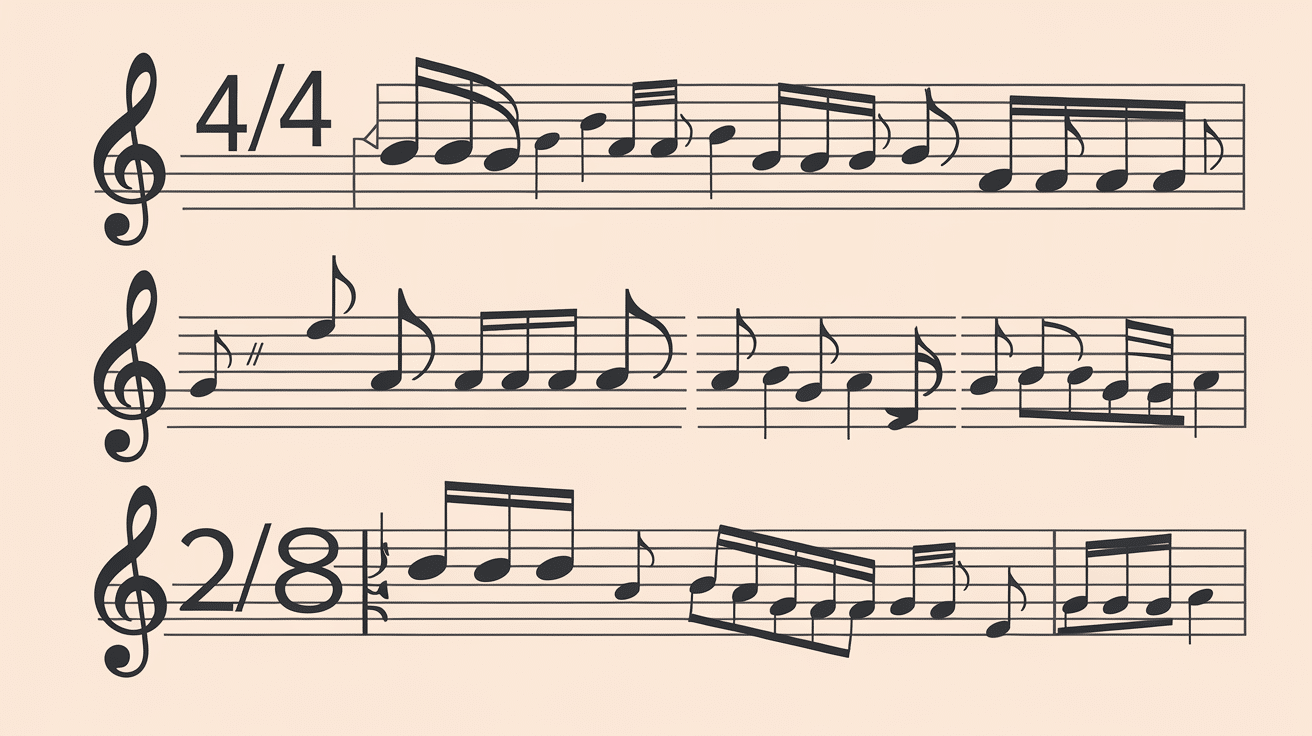
Time signatures tell musicians how to count beats in a song. They look like a fraction (like 4/4 or 3/4) and are written at the beginning of a piece of music. Each one gives a song its rhythm and “feel.” Here are some of the most common:
4/4 – The Steady March
Called “common time,” this is the most used time signature in modern music. You count it as “1-2-3-4” over and over. It feels balanced and strong—perfect for pop, rock, hip-hop, and more.
3/4 – The Waltz Feel
This rhythm is counted as “1-2-3,” giving it a swaying, dance-like quality. It’s used in waltzes and some slow songs. The emphasis is usually on the first beat, making it feel graceful and flowing.
6/8 – The Rolling Beat
This one feels like “1-2-3-4-5-6” but grouped in two sets of three. It has a skipping, rolling feel often used in Irish music, ballads, or folk songs. It sounds light and lilting—great for storytelling.
2/4 – The Marching Beat
With just “1-2, 1-2,” this time signature is short, sharp, and energetic. You’ll hear it in marches and polkas. It creates a fast and punchy rhythm, easy to follow.
Here’s your section for Beats in Different Music Genres, written in a clear, down-to-earth style that’s easy to follow and fun to read:
Beats in Different Music Genres
Every music genre has its own beat style, and that’s part of what makes each one feel unique. Here’s a quick look at how beats sound across different types of music:
Pop: Pop songs typically adhere to a regular, steady beat, most often in 4/4 time. It’s easy to follow, great for dancing, and feels familiar. Think: Taylor Swift or Dua Lipa.
Hip-Hop: Hip-hop beats often focus on rhythm and groove. You’ll hear heavy drum kicks, snare hits, and sometimes syncopation that makes the beat feel bold and punchy.
Jazz: Jazz beats are often complex and can change patterns mid-song. You might hear swing rhythms or offbeat accents. It’s all about freedom and flow.
Rock: Rock music typically employs a strong, driving beat that propels the entire band. Drums often lead the rhythm with a steady, pulsing groove.
Reggae: Reggae flips the rhythm, accenting the offbeats. This creates that signature laid-back, bouncy feel. It’s mellow but full of rhythm.
Classical: Beats in classical music vary widely. Some pieces feature slow, soft beats, while others are fast and energetic. The beat often depends on the mood of the piece.
Beat Examples in Popular Songs
Sometimes, the best way to understand beats is to hear them. Here are some popular songs that show different beat types in action:
4/4 Beat – “Uptown Funk” by Mark Ronson ft. Bruno Mars
This song has a strong, steady beat that’s easy to dance to. You can count “1-2-3-4” all the way through—it’s classic and catchy.
3/4 Beat – “My Favorite Things” from The Sound of Music
This waltz-style song has a gentle, swaying rhythm. Try counting “1-2-3” as it plays—you’ll feel like spinning in circles!
6/8 Beat – “We Are the Champions” by Queen
This one rolls smoothly with two sets of three beats in each measure. It feels grand and emotional—perfect for the powerful lyrics.
Offbeat – “One Love” by Bob Marley
The rhythm lands between the main beats, giving it that bouncy reggae groove. Try clapping on the offbeats to feel the rhythm shift.
Syncopated Beat – “Superstition” by Stevie Wonder
This funky tune shifts accents to unexpected spots, giving it a fun, toe-tapping twist. It’s full of energy and surprise.
Conclusion
Music beats do more than keep time—they give songs their personality and make your body move without you even thinking about it.
From the steady thump of rock’s 4/4 time to the complex patterns in jazz and the infectious rhythms of Latin music, each beat type tells its own story and creates its own feeling.
Next time you listen to your favorite songs, try paying attention to the beat underneath. Notice how it affects your mood, your movement, and your connection to the music. The more you tune in to these patterns, the richer your listening experience becomes.
Ready to hear music in a whole new way? Please start with the playlist links below, where you’ll find perfect examples of each beat type we’ve covered.
Have a favorite beat pattern? Please share it in the comments below!


